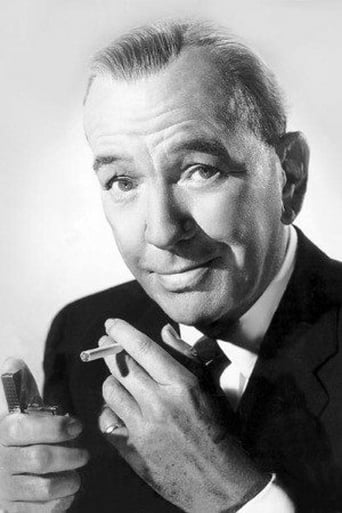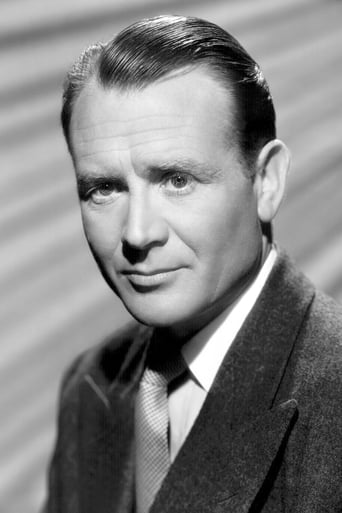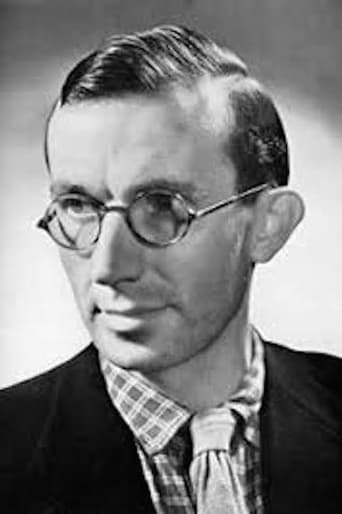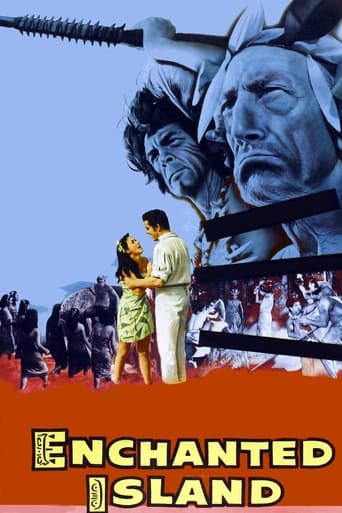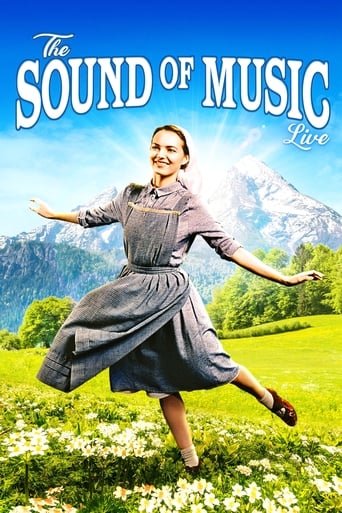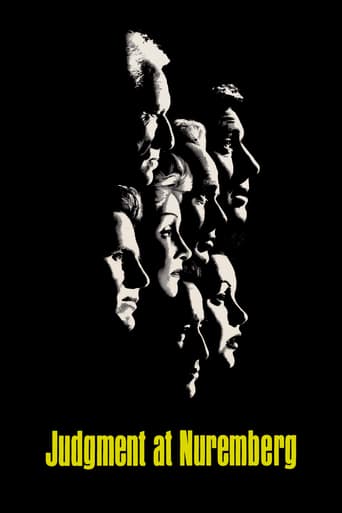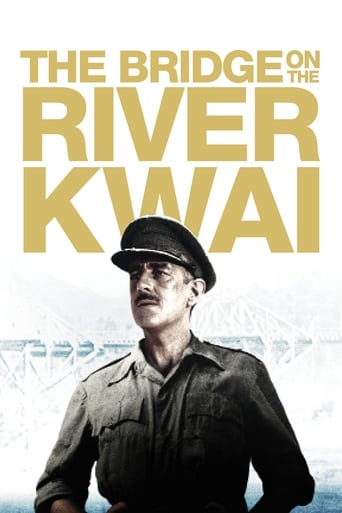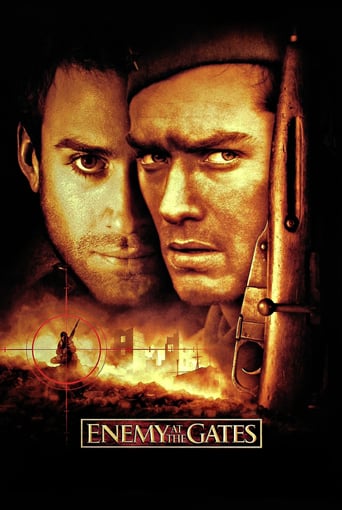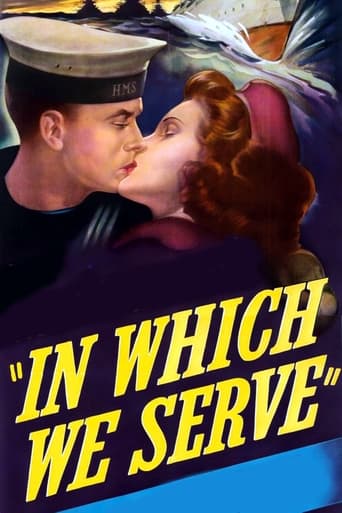
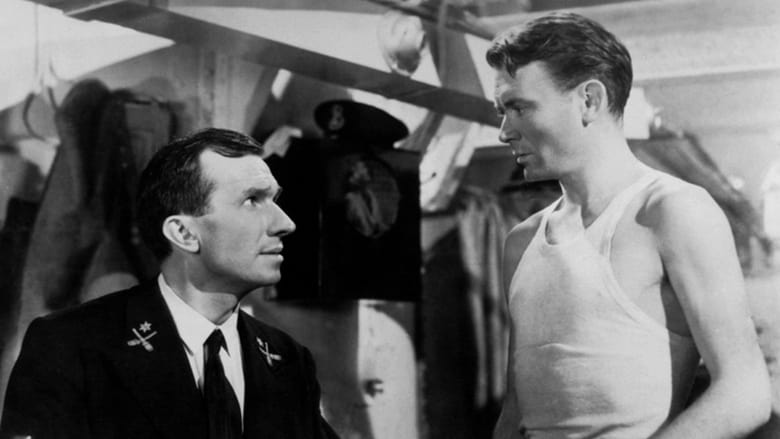
 Watch Now
Watch Now





In Which We Serve (1942)
 Watch Now
Watch Now





The story of the HMS Torrin, from its construction to its sinking in the Mediterranean during action in World War II. The ship's first and only commanding officer is Captain E.V. Kinross, who trains his men not only to be loyal to him and the country, but—most importantly—to themselves.
Watch Trailer
Cast


Similar titles
Reviews
It’s not bad or unwatchable but despite the amplitude of the spectacle, the end result is underwhelming.
A great movie, one of the best of this year. There was a bit of confusion at one point in the plot, but nothing serious.
Let me be very fair here, this is not the best movie in my opinion. But, this movie is fun, it has purpose and is very enjoyable to watch.
what a terribly boring film. I'm sorry but this is absolutely not deserving of best picture and will be forgotten quickly. Entertaining and engaging cinema? No. Nothing performances with flat faces and mistaking silence for subtlety.
Although clearly made as a home-front morale builder, "In Which We Serve" remains an outstanding naval action film. Written and co-directed (with David Lean) by Noel Coward, who also stars as Captain Kinross, the film grew out of Coward's desire to contribute to the war effort. "In Which We Serve" follows the exploits of the HMS Torrin, a fictional destroyer serving in the Atlantic and Mediterranean in the early years of the war. Shot with the cooperation of the navy, the on-board footage is highly detailed and realistic, and the integration of actual footage, miniatures and sets is extremely well done. As is typical of WW2 era films, there is an great emphasis on the camaraderie and willing sacrifice of the men serving on the ship but the boredom, danger, and terror of combat duty are also highlighted. Not surprisingly, the Germans are mostly seen machine-gunning lifeboats (extremely well done scenes) and Blitzing women. The home front scenes, featuring wives and girlfriends, are also quite well done and the film is pleasantly free of the dated 'comic relief' that mars many contemporary war movies. The cast is uniformly excellent as is the story (based on Lord Mountbatten's experiences as captain of the HMS Kelly), script, and direction
Noel Coward was a toff, one of those elitists who believed they were born to rule and lord it over the lower classes.In his biography Coward was rather upset with the Labour landslide of 1945, not a surprise. It would had hurt him to see the working classes get a taste of power but it also shows how he fundamentally failed to understand the attitude of the British people after all they had endured through the second world war.This is a flag waving propaganda film that Coward co-directed with David Lean. Coward's portrayal of Captain Kinross, commander of the destroyer HMS Torrin is based on the experiences of Lord Mountbatten on the HMS Kelly. Mountbatten was another elitist toff who after the war, royally messed up as the last viceroy of India.In Which We Serve tells the story of several crew members of the Torrin's personal lives in flashback after it has been sunk in the Mediterranean. It is meant to show steely resolve, the stiff upper lip from both the crew and their families. Only Richard Attenborough's cowardly sailor lets the side down.It is a stiff and starch film but rather unsentimental. The film was critically lauded and regarded as a classic but now looks aged and of its era. The story is too thin and Coward, who always loved a sailor was a stiff actor.
The 1940s were a golden age in British cinema. Not only did the circumstances of the war bring interest (and therefore revenue) from the American market, but the earnest need to create morale-boosters lead to government emphasis on film-making, pushing to the fore many of the creative talents that had been fermenting during the 1930s. One such talent was David Lean who was here brought on as co-director alongside writer Noel Coward, although reportedly Coward soon took a back seat, and the picture is around three-quarters the work of Lean.But let's look at Coward first, seeing as it's his story. Certain press critics had ridiculed the idea of this writer of gentle comedies doing a war film. However, pictures of any genre rely upon great characterisation. Coward's characters tended to be stereotypes, summations of types of people in society, and yet they were always affectionate ones. This is of course great for a propaganda piece, where the characters must be recognisable even if they are not believable, and above all sympathetic. In Which We Serve is also a sprawling ensemble piece, with numerous interwoven narratives, and to make it comprehensible and engaging it needs well-defined characters whom the audience can immediately get to grips with, and cannot be mistaken for one another.Lean was already known in the British film industry as the best editor in town, and his work on such important British films as Pygmalion and 49th Parallel show his taste for "hard" cuts which jolt the audience with a sudden change in focus or pace, for example cutting to a moving object. Now that he's behind the camera he continues to use the element of surprise to keep the picture moving, although he finds ways to do it within the shot. For example in the montages of the ship being readied for battle he has the shells sliding towards the camera as they are loaded, giving the montage a sense of dynamic urgency. When John Mills gets the letter saying his wife had the baby, he suddenly leaps towards the camera, so he is in a close-up when he reads it out. This method of attention grabbing is crucial to Lean's style, and is responsible for some of the most iconic and memorable moments in his later pictures.But what is great about Lean is that he never allows these jolts to make us aware of technique. These sudden moments are always within conventional cinematic style, and keep us in the film's world, as oppose to say the quick zooms of Kubrick or the prowling camera of Hitchcock, which remind us too much of the film's artifice. Lean also has the sense to slow things down for the more dramatic scenes, and lets many of the more poignant moments play out in single uninterrupted shots, to great effect. We also see an intelligent approach to the introduction and presentation of characters. For example in Bernard Miles' first flashback, Miles is continually shown in profile to one side of the screen, while his wife faces the camera at screen centre. This focuses us on her, since we already know his character.Coward and Lean also had access to the cream of British acting talent. Coward himself plays the ship's captain, another thing idea the papers scoffed at before they saw it, after which they were surely scoffing on the other side of their faces, as his performance is flawless. John Mills is also great, and Bernard Miles really gets to act. Richard Attenborough is at his best in his screen debut, although it went uncredited due to a balls-up with the cast list. Best of the bunch however is Celia Johnson, a completely natural performer, capable of making us forget we are watching an actress and believing we are witnessing the life of a real person.As a morale-booster, In Which We Serve was popular and effective, but it was also part of an upward trend in the scope and prestige of the British motion picture. Lean's dynamic style would eventually earn him respect on both sides of the Atlantic. His ability to keep the picture constantly visually engaging would create great cinema out of potentially static stage play adaptations and, later on, lengthy historical epics that might have been tedious in other hands.
SYNOPSIS: The story of a British Destroyer in WWII and the lives of her crew. The stories of the various crew members are shown in flashback after the destroyer is sunk in the Mediterranean.CONCEPT IN RELATION TO THE VIEWER: Propaganda in the 1940s. A film to boost British morale during their darkest hours of WWII. The film is meant to be an example of how the British were supposed to behave and fight and how British resolve can conquer almost anything.PROS AND CONS: Noel Coward is the over-riding presence in this film, having produced, written, co-directed and stared in it. My primary reason for wanting to see the film is David Lean's directorial debut, having co-directed it with Coward.While this is a competent film and enjoyable to watch, it shows the British as somewhat one dimensional characters. This probably has to do with the era in which it was filmed. The film also highlights the concept of class society in England during the 1930 and 40s, although this was not meant to be the focus of the film when it was made.All of the characters in this film are basically emotionless. Noel Coward, as the Captain of the ship, never smiles and appears to be almost condescending to his ever-faithful wife and children. The enlisted seaman seem to be the only characters that have any real affection for their ship or their spouses, but this is also shown in the light of them being 'lower-class' individuals, fit only to be ordered around and to do physical labor.While watching the film I noticed a small cameo by a very young Richard Attenborough, who is not named in the credits.This film epitomizes the concept of the British 'stiff upper lip' and their sheer determination to prevail in the face of overwhelming odds. It is fascinating to see a culture such as this but I would never want to live in it. There is resolve....and then there is being reduced to an automaton. This film blurs the lines between the two.


